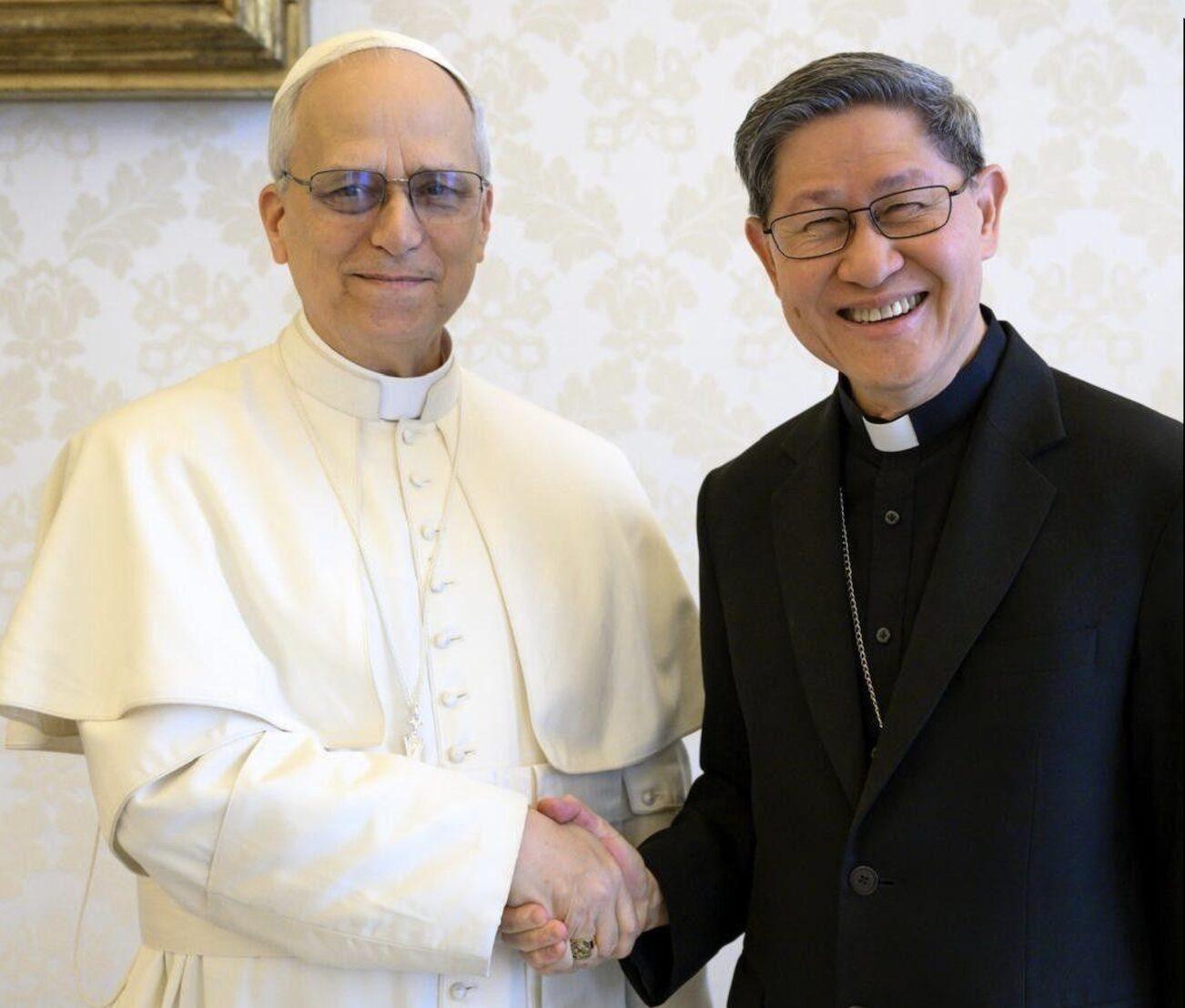THE Philippines is scheduled this week to submit a 300-year-old map to the international tribunal, which will bolster its case against China’s territorial claim of the South China Sea, the Malacanang said Monday, June 8.
“China’s claim is about historical title,” said presidential spokesperson Edwin Lacierda in a press briefing. “This old map would certainly present the side of the Philippines when it comes to any historical basis.”
Known as the Murillo Velarde map and originally called “Carta Hydrographica y Chorographica de las Islas Filipinas” was first published in 1734 in Manila by Fr. Pedro Murillo Velarde, a Jesuit priest.
Lacierda said the map will strengthen the Philippines’ arbitration case and debunk China’s so-called nine-dash-line claim, which it has been using to help prove its claim.
At the time the map came out, it was praised for its detail.
“It became a sensation in Europe because it was very detailed,” said Supreme Court Senior Associate Justice Antonio Caprio at a recent Asian Institute of Journalism and Communication forum regarding the dispute, the Philippine Daily Inquirer reported.
“It was the advance party for Google Earth,” Carpio added.
Filipino businessman Mel Velarde, who purchased the map at a Sotheby’s auction for P12 million, will present a certified true copy of it to Philippine President Benigno Aquino III on Friday, June 12.
The map will be submitted to the United Nations Tribunal on the Law of the Sea in The Hague in the Netherlands this week.
Velarde said the map’s most valuable and relevant feature is found on the upper left section where a cluster of land mass called “Bajo de Masinloc” and “Panacot” – now known as Panatag or Scarborough Shoal – located west of the Luzon coastline. The cluster is irrefutable proof that the disputed shoal has been part of Philippine territory, Velarde added, according to Inquirer.
“As Justice Carpio said in his lecture, none of the islands drawn in this Murrillo-Velarde map ever appeared on China’s maps since centuries ago – only in recent history when China concocted the nine-dash line,” Velarde said in an email to Inquirer.
Despite the tensions resulting from the dispute, Lacierda said the Philippines and China remain friends.
“Just to be clear, we have no conflict with the Chinese people. Our conflict, for instance, our differences are with the approach of the leadership in dealing with the South China Sea. But on whole, with respect to the Chinese people, we continue to establish good relations with them. And we certainly look forward to a better relations with China,” Lacierda said, according to ABS-CBN News.
He added that the relationship of the two countries is not wholly based on the territorial conflict, and that people should consider more than just the issue when examining their relations.
“If you are going to limit yourself only to the South China [Sea] issue, certainly, it will color your perspective. But if you look at it from a broader perspective where we have established good relations with China and we are friends – the Chinese people are here, Filipinos are there,” Lacierda said. (With reports from ABS-CBN News, CNN, Inquirer and Philstar)
(LA Midweek June 10 – 12, 2015 Sec. A pg.1)





